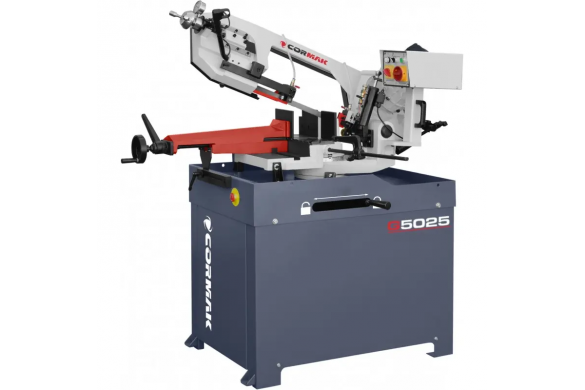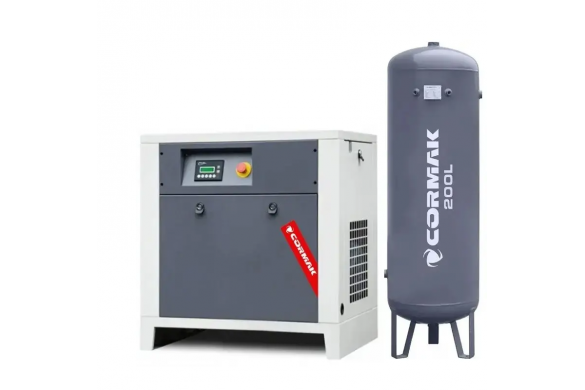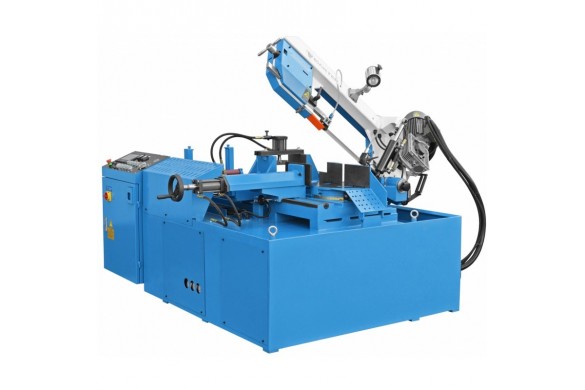Dust in the workplace. How to prevent it?

Dust in the workplace can pose a serious threat to employee health and the efficiency of production processes. Health and Safety regulations clearly define all protective measures and actions that significantly reduce their impact on health. The presence of industrial dust can lead to respiratory diseases, reduce working comfort, and also affect the quality of technological operations. That is why it is crucial to implement appropriate protective measures in accordance with health and safety standards.
In this article, you will learn:
- What is dust in the workplace?
- Types of dust in the workplace
- Permissible dust levels in the workplace
- How to reduce dust in the workplace?
What is dust in the workplace?
Wondering what dust in the workplace is and which types are dangerous? Industrial dust in the workplace refers to solid particles suspended in the air, produced during technological processes such as wood, metal or plastic processing. Their properties depend on the source and chemical composition. These include:
- Organic dust – e.g. sawdust, wood flour, paper dust.
- Inorganic dust – e.g. metal, asbestos, or cement dust.
- Toxic dust – containing harmful substances, e.g. crystalline silica.
Types of dust in the workplace
Understanding what substances are airborne allows you to select the right protective measures. Types of workplace dust include:
- Metallurgical dust – formed during metalworking, cutting, and grinding.
- Wood dust – especially problematic in carpentry shops and sawmills.
- Chemical dust – generated in the production of paints, varnishes, and adhesives.
- Cement and mineral dust – found in the construction industry.
Each of these dust types requires specific filtration and extraction methods.
Permissible dust levels in the workplace
It is important to know the current standards regarding workplace dust. Permissible dust levels in the workplace are defined by health and safety regulations, which specify the maximum concentrations for various industries.
Dust level standards define Maximum Allowable Concentrations (MAC) of harmful substances. In Poland, they are regulated by the Regulation of the Minister of Family, Labour, and Social Policy.
The most important parameters include:
- MAC – the average dust concentration that a worker can be exposed to for 8 hours a day without adverse health effects.
- MAC-S (Short-term) – value that should not be exceeded for more than 15 minutes.
- MAC-I (Immediate) – concentration that can cause immediate health effects and requires immediate action.
Dust at the workstation – standards and hazards
Excessive dust at the workstation (above standard) can lead to various hazards, including:
- occupational diseases, such as pneumoconiosis, occupational asthma,
- reduced visibility and increased risk of workplace accidents,
- decreased product quality due to dust accumulation.
The permissible dust level depends on the type of industry and the nature of production.
How to reduce dust in the workplace?
Effective dust reduction requires implementing modern technological solutions and adhering to health and safety regulations. Here are key ways to reduce dust:
-
Proper ventilation and air filtration Extraction systems such as chip and shaving extractors or laser dust extractors effectively eliminate dust at the source.
-
Use of local extraction units Local filtering devices, such as stationary extractors, limit the spread of particles at the workstation.
-
Modern industrial machines Using efficient devices such as metalworking machines, sheet metal machines, or woodworking machines helps reduce dust emissions.
-
Use of transport systems Efficient material handling in the plant is possible thanks to transport equipment, which prevents dust from spreading during raw material transfer.
-
Use of CNC and modern technologies Precision machining using CNC machines reduces dust through process automation.
-
Waste removal and equipment maintenance Regular plant cleaning, sawdust removal with sawdust extractors, and machine maintenance are basic preventive measures.
Summary
Industrial dust in the workplace is a significant issue that requires effective solutions. Compliance with health and safety standards, dust control at the workstation, and the use of modern technologies such as industrial machines and extraction systems help reduce health risks and improve working conditions.
It is worth choosing proven solutions from the manufacturer Cormak, which not only increase worker safety but also improve the efficiency of production processes.





